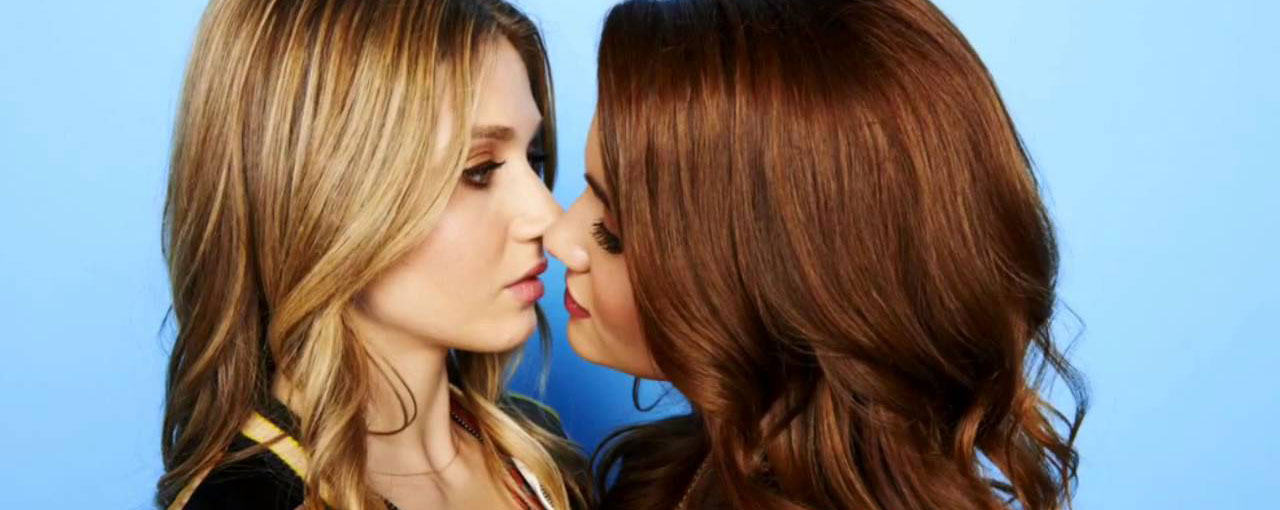The is week, GLAAD released its annual Where We Are on TV report; a comprehensive review of lesbian, gay, bisexual, and transgender (LGBT) primetime characters in the 2015-16 television season.
This year marks the 20th year that GLAAD has tracked the presence of LGBT characters on television and for the first time, they have counted LGBT characters on original series which have premiered on the streaming content providers Amazon, Hulu and Netflix.
Of the 881 regular characters expected to appear on broadcast primetime scripted programming in the coming year, 35 (4%) were identified as gay, lesbian, or bisexual.
The highest percentage of LGBT characters GLAAD has ever counted on primetime scripted broadcast programming was 4.4% in the 2012-13 season.
CEO & President of GLAAD, added Sarah Kate Ellis
Each of us lives at the intersection of many identities and it’s important that television characters reflect the full diversity of the LGBT community. It is not enough to just include LGBT characters; those characters need to be portrayed with thought and care to accurately represent an often tokenized community.”
The full report can be downloaded from the GLAAD website. However, here are some of its key findings:
Broadcast needs to step up its game
The number of regular LGBT characters on cable shows increased from 64 to 84 (out of 142 characters total), with 58 recurring LGBT characters (up from 41 last year).
GLAAD acquired data from streaming services for the first time (Netflix, Amazon, Hulu), and found 43 LGBT characters out of 59 regulars.

In contrast, the broadcast networks have 881 regular characters — a mere 35 of whom are LGBT this year.
Streaming services offer the most trans representation
Trans representation is still relatively new to television — but online streaming services are leading the charge. GLAAD found that 7% of characters on streaming services were trans, and that Netflix and Amazon both showcase trans leads (on Sense8 and Transparent).

There are no transgender characters counted on primetime broadcast programming, while only three recurring trans characters were counted on cable (2%).
Bisexual representation needs work
Bisexual representations rose on both broadcast and cable this year with a notable increase. Unfortunately, many of these characters still fall into dangerous stereotypes about bisexual people.
Racial diversity is still an issue
All three programming platforms need to include more racially diverse LGBT characters
With 73% of the LGBT characters appearing on streaming series being white and 71% on cable, it is clear that all three programming platforms need to include more racially diverse LGBT characters.

Overall racial diversity is moving in the right direction with 33% (287) of 881 regular characters counted on broadcast programming being people of color, which is a six-point increase from last year.
Women are still underrepresented
43% of regular primetime characters are female (up from 40% last year), but this still doesn’t reflect the general population, where women make up 51%. Of the 145 black characters on broadcast primetime, only 41% were female (59 characters).
Disability representation is down
After increasing for two years, the percentage of characters portrayed living with disabilities decreased this year, to 0.9%. There is only one character across the combined pool of broadcast and cable who is HIV-positive.


